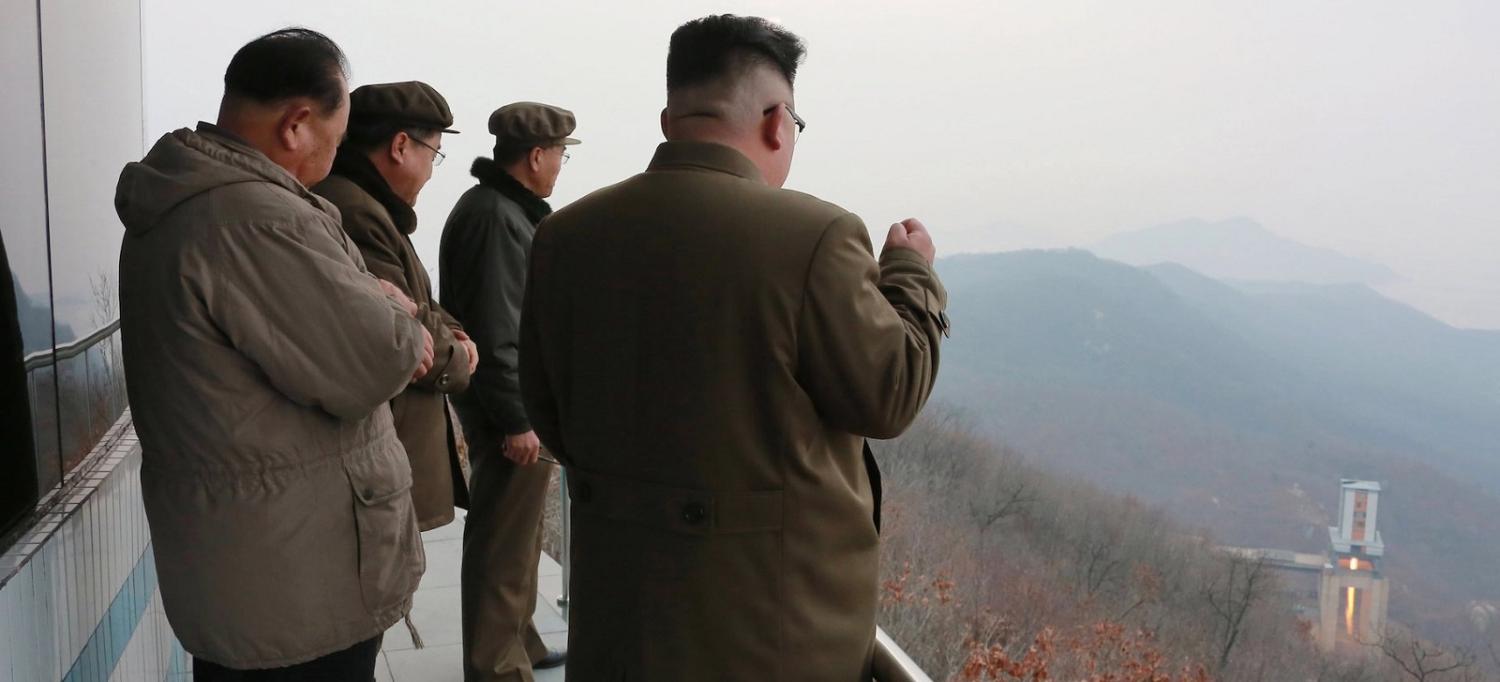On Wednesday morning, North Korea staged another ballistic missile launch. Intelligence reports from multiple official sources claimed that the missile was a solid-fuelled KN-15 missile, similar to the one that was launched in February this year.
Now, official sources (at least, American ones) are backtracking on this claim. The missile is now identified as a Scud-ER, a souped-up version of the classic Scud missile that has featured in so many regional theatres. This missile has been in North Korea’s stable of ballistic weapons for a long time. We know it fairly well.
From a strategic perspective, this is probably not very significant, unless North Korea gained some sort of telemetry during the re-entry phase of the flight. It seems unlikely that they would be able to recover any parts of the missile that fell into the sea, but the flight could still provide engineering data.
But the timing of the launch remains significant, coming just before the Trump/Xi summit in Florida. North Korea is thus using ballistic missiles as a form of diplomatic semaphore, in keeping with long-standing habits. More crudely, this is a ballistic raspberry blow to Donald Trump.
Much fuss was made in February this year when North Korea launched a medium-range solid-fuelled missile from a mobile launcher. The ability to prepare and launch these missiles quickly gives little potential warning of an upcoming attack, thus raising tensions in East Asia at a time when so many other geopolitical factors are supplying heat.
On Wednesday morning (Korean time) North Korea seems to have launched another such missile, which is known as Pukguksong-2 to North Korea and KN-15 by foreign analysts. Curiously, the launch of this missile was made from Sinpo, close to a North Korean submarine base, but intelligence reports suggest it was launched from land, not sea. The location points to synergy between this land-based missile and a close sibling that serves as North Korea’s Submarine-Launched Ballistic Missile. The latter is dubbed Pukguksong-1 or KN-11.
Both are 'cold-launched' using gas pressure from cylindrical containers (silos) and ignite their solid motors after they have left their containers. They use basically the same design for their rocket stages.
The latest launch only travelled 60 kilometres horizontally, but this should not necessarily be interpreted as a failure. The missile reached an altitude of 189 kilometres, well into outer space. This would seem to be a test of an alternative trajectory, which exposes the missile to different conditions. Re-entry testing could have been conducted on this flight.
There could be another explanation for the launch. This could be a test of elements of the submarine-launched missile from a land-based silo, or a test of systems common to both missiles.
We could be witnessing the evolution of both land and sea missiles at the same time, and a growing synergy between the two.
In any case, the development of these two classes of missiles represents a major development in North Korea’s strategic power.
The timing of this latest launch so close to the Xi-Trump meeting later this week has its own significance. It was met with short shrift in the US where Secretary of State Rex Tillerson issued a terse statement:
North Korea launched yet another intermediate range ballistic missile. The United States has spoken enough about North Korea. We have no further comment.

